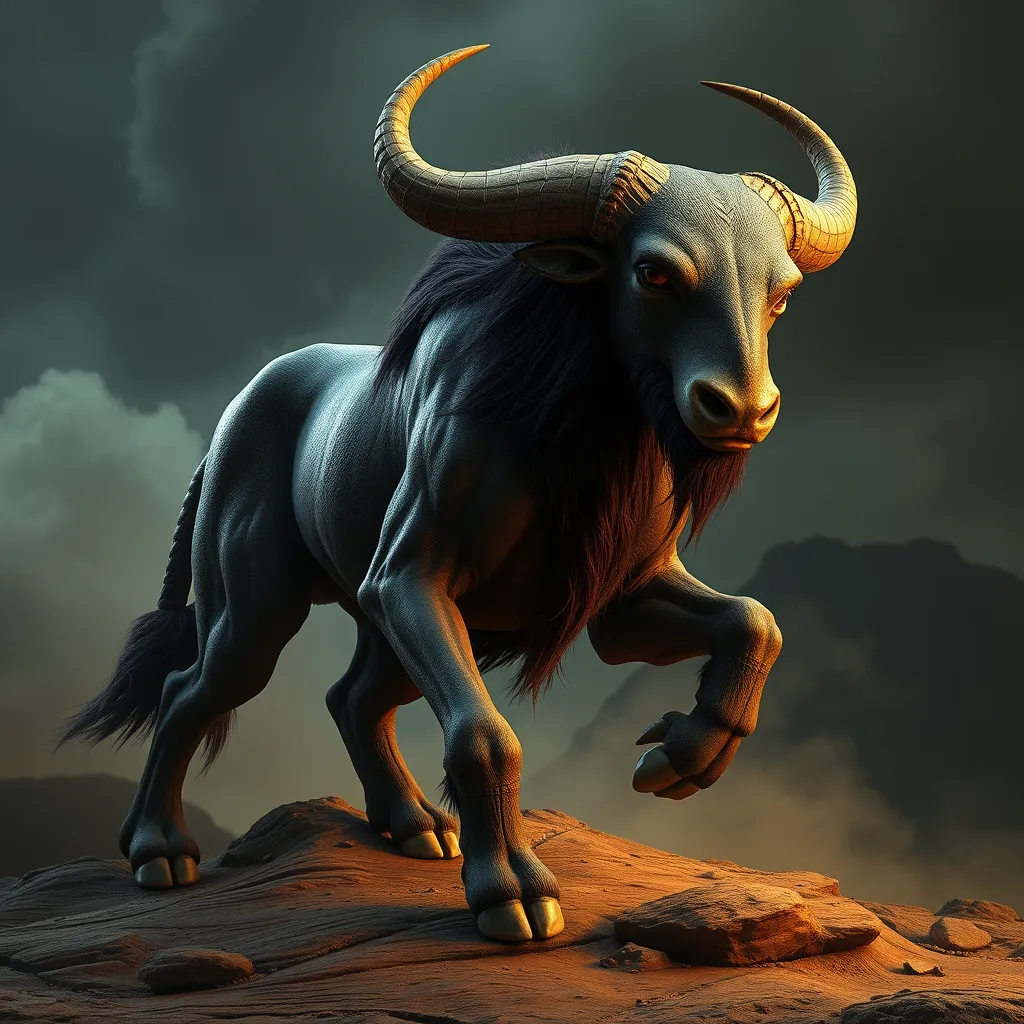Mermaid Mythology: A Deep Dive into the Origins and Influences
I. Introduction to Mermaid Mythology
Mermaids, the enchanting half-human, half-fish beings, have captivated imaginations across the world for centuries. These mythical creatures are often depicted as beautiful women with long flowing hair, luring sailors to their watery graves with their mesmerizing songs. The allure of mermaids extends beyond their physical beauty; they embody the mystery of the sea, symbolizing both attraction and danger.
Throughout various cultures, mermaids hold significant roles in folklore and mythology, serving as symbols of both peril and enchantment. This article aims to explore the rich history, cultural variations, symbolism, and modern portrayals of mermaids, delving into how these mythical beings have influenced art, literature, and societal norms over time.
II. Historical Origins of Mermaid Legends
A. Ancient civilizations and their depictions of mermaids
The origins of mermaid legends can be traced back to ancient civilizations, where they were often associated with water deities and fertility. Here are some notable examples:
- Sumerian and Babylonian myths: One of the earliest depictions of a mermaid-like figure is found in the Sumerian myth of the goddess Atargatis, who transformed herself into a fish and was worshipped by the Babylonians.
- Greek and Roman narratives: In Greek mythology, the sirens are often considered mermaid-like creatures. They were known for their enchanting voices that lured sailors to destruction. The Romans adopted these myths, blending them into their own cultural narratives.
B. The evolution of mermaid stories through the Middle Ages
During the Middle Ages, mermaids became a popular motif in European folklore. They were often depicted in literature as tragic figures, reflecting the complexities of love and loss. The tales evolved, intertwining with Christian symbolism, where mermaids were sometimes viewed as temptresses leading men astray from righteousness.
III. Cultural Variations of Mermaids
A. European mermaid folklore
In Europe, mermaid folklore varies significantly across regions, with distinct interpretations and narratives:
- Sirens and their dual nature: In many stories, sirens are portrayed as dangerous beings who lure sailors to their deaths, contrasting with the more benevolent depictions of mermaids in other cultures.
- Stories from the British Isles: The British Isles boast a rich tradition of mermaid tales, featuring characters like the selkie, a seal that can shed its skin to become human, symbolizing the tension between land and sea.
B. Non-European interpretations
Mermaid legends are not confined to Europe. Other cultures have their own interpretations, each reflecting unique societal values and beliefs:
- The Mami Wata of West African traditions: Mami Wata is a water spirit often depicted as a mermaid, embodying beauty and danger. She represents wealth, fertility, and healing, highlighting the reverence for water in African cultures.
- The Ningyo in Japanese lore: The Ningyo is a fish-like creature that resembles a mermaid but is often considered a harbinger of misfortune. Unlike Western mermaids, Ningyo stories emphasize the importance of respect for nature and the consequences of greed.
IV. Symbolism and Themes in Mermaid Myths
A. The duality of attraction and danger
Mermaids symbolize the dual nature of attraction and danger, embodying the idea that beauty can mask peril. Their enchanting songs draw sailors closer, leading to both love and tragedy.
B. The representation of femininity and sexuality
Mermaids are often viewed as representations of femininity and sexuality, reflecting societal attitudes towards women. They challenge traditional gender roles, embodying both allure and power.
C. The connection to the sea and nature’s mysteries
Mermaids serve as a bridge between humanity and the mysteries of the ocean. They highlight humanity’s relationship with nature, representing the unknown and the allure of exploration.
V. Mermaids in Literature and Art
A. Notable literary works featuring mermaids
- Hans Christian Andersen’s “The Little Mermaid”: This iconic tale tells the story of a mermaid who sacrifices everything for love, encapsulating themes of longing and transformation.
- Modern adaptations in fantasy literature: Contemporary authors have reimagined mermaid stories, often giving them agency and depth, exploring themes of identity and belonging.
B. Artistic representations through the ages
Mermaids have inspired countless artists throughout history, appearing in:
- Paintings and sculptures: Artists like John William Waterhouse and Edgar Degas have immortalized mermaids in their works, showcasing their ethereal beauty.
- Influence on contemporary pop culture: Mermaids continue to appear in movies, fashion, and music, demonstrating their ongoing relevance in modern storytelling.
VI. Mermaids in Modern Media
A. Film and television portrayals
- Disney’s impact on the mermaid mythos: Disney’s “The Little Mermaid” redefined mermaids for a new generation, presenting them as relatable characters with dreams and desires.
- Recent trends in fantasy and horror genres: Mermaids are increasingly featured in horror narratives, flipping the traditional portrayal and emphasizing their darker, more dangerous aspects.
B. Mermaids in social media and internet culture
In the age of social media, mermaids have found a new platform for expression. They are celebrated in various forms, from cosplay to art, demonstrating their adaptability and enduring charm.
VII. The Psychological and Social Impact of Mermaid Myths
A. The allure of the mermaid archetype
The mermaid archetype resonates deeply with individuals, representing a longing for freedom and the unknown. Their allure often reflects personal desires for adventure and escape.
B. Mermaids as symbols of escapism and freedom
Mermaids symbolize a break from reality, embodying the desire to explore the depths of one’s imagination and the natural world.
C. The role of mermaids in feminist discourse
In recent years, mermaids have emerged as symbols in feminist discourse, challenging traditional views of femininity and celebrating women’s power and autonomy.
VIII. Conclusion: The Enduring Legacy of Mermaid Mythology
The mythology of mermaids has a rich and diverse history, reflecting humanity’s complex relationship with the sea and the feminine mystique. From ancient civilizations to modern media, mermaids continue to inspire and provoke thought.
As we look to the future, the legacy of mermaid mythology remains vital in storytelling, reminding us of the importance of preserving these narratives that resonate with our deepest fears, desires, and aspirations.



